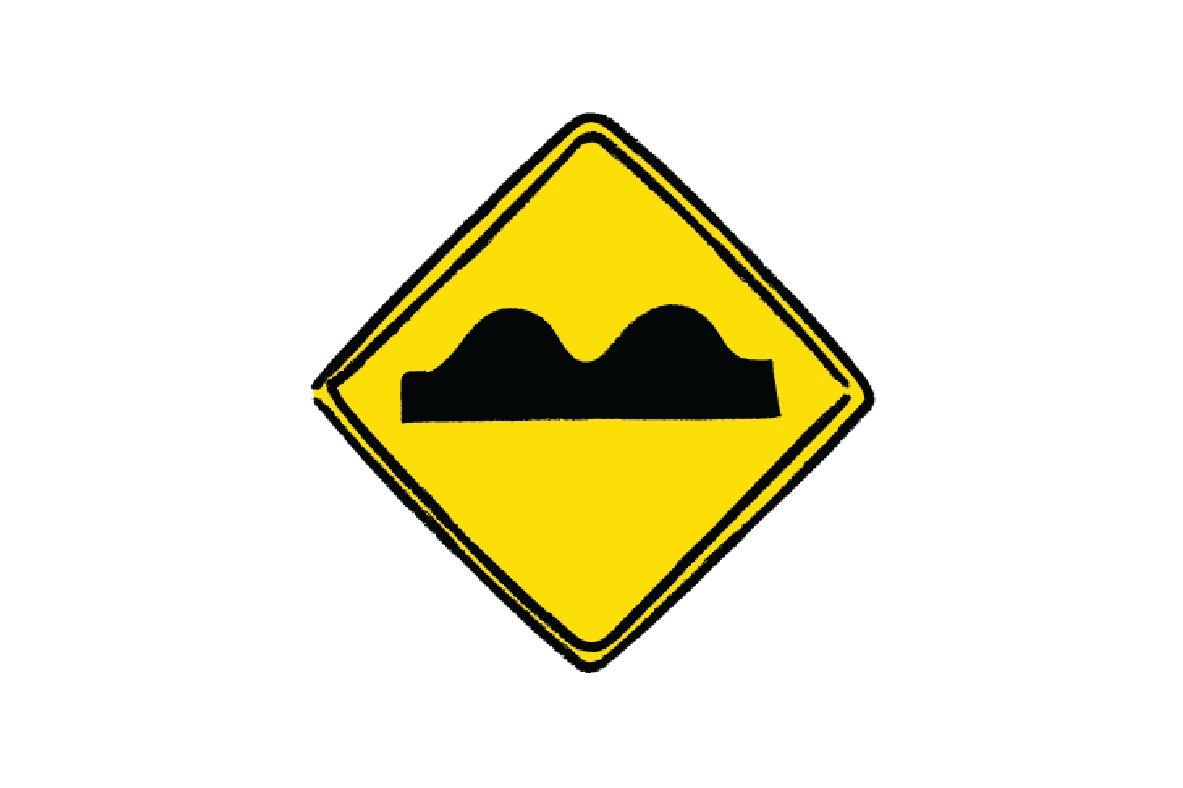

How bitter a wine is, but also a textural thing - how it feels on your palate.
TL;DR
Tannins in wine are compounds that are derived from the skins, seeds and stems of the grapes. They contribute bitter and astringent flavours, but also a jagged, corrugated texture to wines.
How to detect tannins in wine?--red
You can detect tannins by how drying a wine feels — it sometimes feels as if they’ve vacuumed all the saliva right out of your mouth! It’s easiest to notice this sensation on your gums and upper inner lips! Similar to the astringent and drying sensation you get siping black tea (especially if the tea is cold) or eating a square of dark chocolate.
It's important to note the difference between bitterness and astringency. Bitterness refers to taste, whereas astringency refers to the feeling - a tactile sensation.

Pairing tannin with food--pizza
Tannins were built to pair with rich and/or fatty foods. This is because tannins love to bind to proteins. In fact, if there aren't proteins from something you're eating, tannins will simply bind to the proteins in your saliva! (This is what causes the drying sensation, as the tannins bind to protein molecules in your mouth.)
When tannin molecules bind onto proteins, they cancel each other out. It also creates a palate-cleansing effect - your palate won't get tired of the weighty flavours (since they are scraped from your palate) and instead will be stimulated to take another bite!
Also, the wine’s astringency counteracts fattiness, creating a perfectly balanced (using the contrasting formula) pairing. The brilliance of a fatty steak paired with Cabernet is not just a classic, it's science!

Wines famous for their tannin--wines
Tannins are most commonly and importantly found in red wines but white wines aren't entirely off the table! Some white wines gain tannins from ageing in wooden barrels or fermenting on skins (like orange wines!)
Some examples of high tannin varieties are Cabernet Sauvignon, Nebbiolo, Tannat, Petit Sirah (aka Durif) and Sagrantino. Some examples of lower tannin varieties are Gamay, Cinsault and Pinot Noir.
Common terms used to describe tannins in wine--racy
Lower Tannins: soft, feathery, delicate, silky, tickly
Medium Tannins: rounded, broad, grainy, sinewy, fine-grained
High Tannins: stiff, firm, abrasive (not a compliment), chewy, grippy, angular, tightly knit (referring to a young wine)
How tannin affects a wine ageing potential--cellar
Tannins are especially important for red wines, as it allows them to age harmoniously.
Much l like acidity, tannin plays a crucial role in the ageability of any given wine! This is because, over time, oxygen naturally breaks down tannins. So after time ageing, a wine high in tannins will still maintain some structure instead of a wine low in tannins that will lose the little structure it had and wash away into a lifeless wine lacking structure or balance.
You can learn more about which wines age well here.
Fun fact--plum
Tannins are also found naturally in other things, like rhubarb, tea, cacao and walnuts!
About the Author & Artist
Alex Tanner is a certified sommelier that spends more time exploring old-growth forests than any other somm — impulsively training her nose while at it! A talented artist with a unique style, her doodling works are inspired by the world of wine - and somehow, seem to improve after a glass or two.
Do you know your wine personality? If your answer is no, take our quiz to find out which wines to pick up next and build your box!
Build my box





